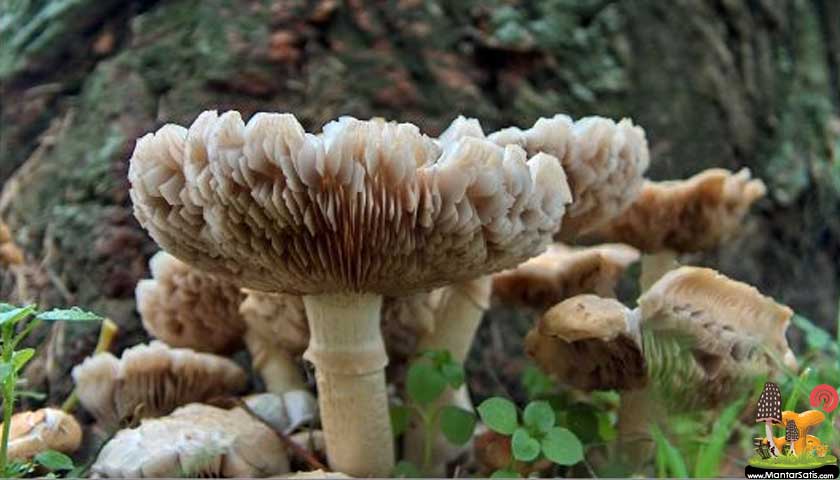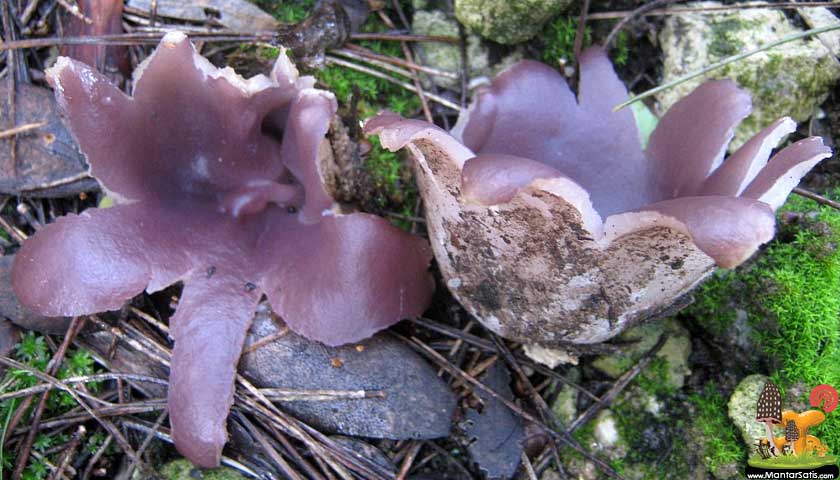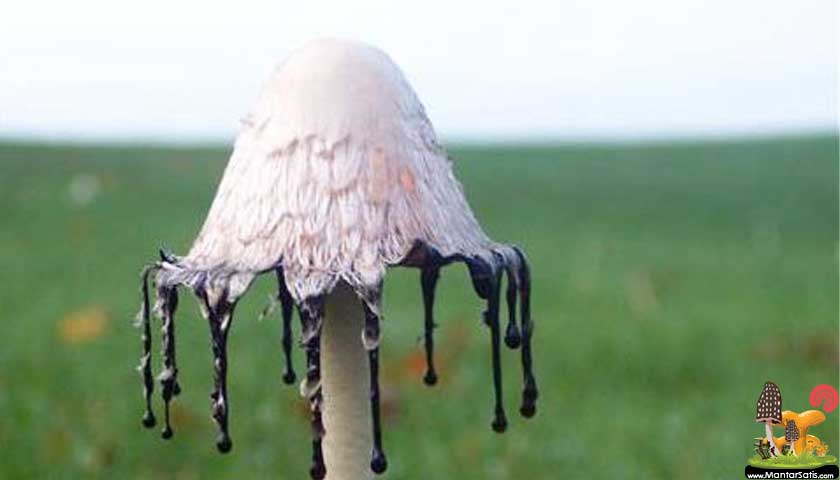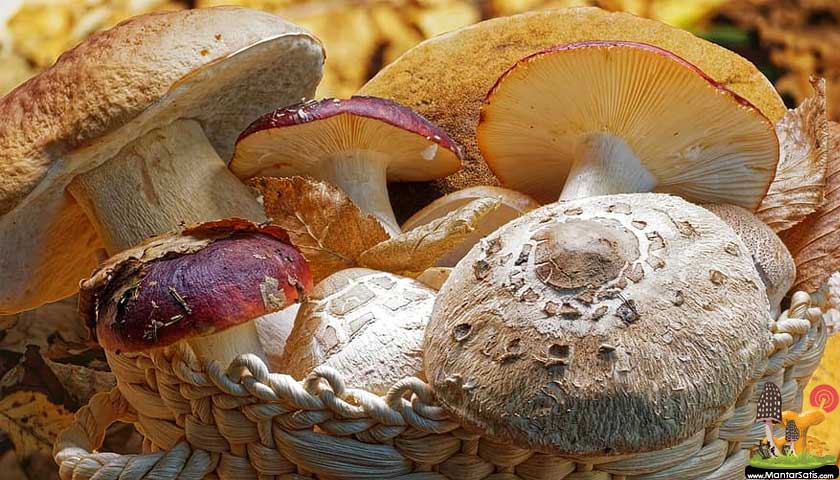Yalancı dede mantarı
Lepiota bruneoincarnata (Agaricales/Lepiotaceae)
Tehlikeli ve öldürücü bir mantardır. Halk arasında “dede mantarı” olarak bilinen yenilebilir mantarlar ile karıştırılabilir.
Şapka, 3,5 cm çapında küremsi, biraz dışbükey, mantar olgunlaştıkça düzlemsel bir hal alır. Kenarları ince olup, eğik değildir. Kutikül yapışık kurudur. Şapkanın merkezinde konsantrik durumlu kestane renkli pullar bulunması tipik olup, şapkanın rengi kırmızımsıdır.
Lameller; sıkça dizilidirler, 5-10 mm. genişlikte, nazik ve sapa kadar ulaşır. Renk beyazımsıdır. Sap; 3×0.6 cm., şapkadan ayrılabilir. Bazen üstte ve altta biraz daralabilir, sap lamellerin altında vazo gibidir. saplarında ortaya yakın yerbir yerde annulus bulunmaktadır. Fakat bu annulus mantar yaşlandıkça kaybolur. Kalıcı değildir.
Yazın ve sonbaharda, havuz kenarlarında, parklarda, yol kenarlarında, otların arasında, yaprak altlarında bulunur. Genellikle bol yağışlı mevsimlerde çayırlarda görülür. Falloides zehirlenmesi tipine yol açan amatoksinleri ihtiva eder.
Bu mantar nedeniyle oluşan zehirlenme olaylarında belirtiler, 6-24 saat sonra ortaya çıkar. Bu belirtiler, karın ağrıları, bulantı, kusma ve ishal şeklindedir. Zehirlenmede önce kısa bir hafifleme görülür, sonra ağrılar tekrarlar, karaciğer görevini yapamaz hale gelir. Ayrıca böbrekler zayıflar. Sonuçta komadan sonra genellikle ölüm gelir… Şu ana kadar yalnızca Bursa yöresinde görülmüştür.
Lepiota brunneoincarnata, also known as the deadly dapperling, is a gilled mushroom of the genus Lepiota in the order Agaricales. Widely distributed in Europe and temperate regions of Asia as far east as China, it grows in grassy areas such as fields, parks and gardens, and is often mistaken for edible mushrooms. The mushroom has a brown scaled cap up to 4 cm wide with a pinkish brown stem and white gills. It is highly toxic, with several deaths having been recorded as it resembles the edible grey knight (Tricholoma terreum) and fairy ring champignon (Marasmius oreades).
he species was described by Swiss botanists Robert Hippolyte Chodat and Charles-Édouard Martin in 1889, who noted it growing on roadsides in Geneva in Switzerland. Genetic analysis of DNA showed it is closely related to other amatoxin-containing species such as Lepiota subincarnata and L. elaiophylla.
The cap is 2.7–4 cm (1.1–1.6 in) across, hemispherical at first before becoming more convex without an obvious boss. It is red-brown when young, before fading to a pale pinkish brown with darker brown scales. There is generally a large unbroken scale in the centre of the cap. The cap margin is inrolled and the cap is fleshy. The thick uncrowded gills are white, with occasional forks and smaller gills (lamellulae) in between. They are free (unattached to the stem). The spore print is white. The cylindrical stem is 2–3.5 cm (0.8–1.4 in) tall by 0.6–0.9 cm (0.2–0.4 in) wide. The upper part of the stem is pinkish tan while the lower part is covered in dark brown scales. They are separated by a dark brown ring-like zone. The thick flesh reddens on bruising or cutting, and smells somewhat like unripe fruit. The taste is mild. The oval spores are 6–7.5 µm long by 3.5–5 µm wide, and are dextrinoid – they turn red-brown in Melzer’s reagent.




